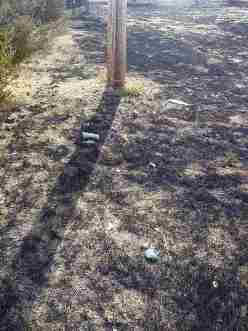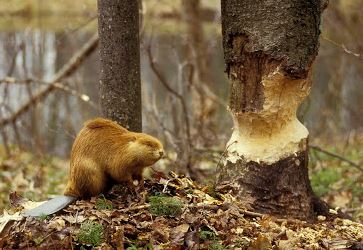Minnesota fire chief pleads guilty to arson
The chief of the St. Louis County volunteer fire department in Minnesota resigned after investigators charged him with arson last December. On Friday, Ryan Scharber, 30, pleaded guilty to setting a fire on U.S. Forest Service land and to one count of attempted arson. Below is an excerpt from an article in the Daily Mail:
…According to documents filed in federal court in Minneapolis on Tuesday, Assistant U.S. Attorney Andrew Dunne is requesting that Scharber should be given the maximum five-year sentence, reports the Star Tribune. In the memorandum, Dunne disputed Scharber’s contention that he had set the fires ‘to get out of the house for a few hours to get relief from his newborn child’s acid reflux.’ The prosecutor noted that Scharber hadn’t offered that excuse during the five-hour interview with investigators in which he eventually confessed on December 19, 2012. ‘The psychiatrist at the Range Mental Health Center diagnosed the defendant with pyromania,’ Dunne wrote. ‘The real reason behind the defendant’s criminal conduct in this case was that diagnosis.’
New government report describes possible ‘cascading system failures’ caused by climate change
About 240 authors and a 60-person Federal Advisory Committee (The “National Climate Assessment and Development Advisory Committee”) have developed a draft climate report. The lengthy document warns that climate-fueled storms, flooding and droughts could cause “cascading system failures” unless there are changes made to minimize those effects. One of the dozens of topics covered in the report was “Forestry”. You can read that section of the report HERE. Below is a brief summary of that section.
Climate change is increasing the vulnerability of forests to ecosystem change and tree mortality through fire, insect infestations, drought, and disease outbreaks. Western U.S. forests are particularly vulnerable to increased wildfire and insect outbreaks; eastern forests have smaller disturbances but could be more sensitive to periodic drought.
Pigeon sets fire to a building in London
A pigeon is being blamed for starting a fire on the roof of a flat in London. Firefighters believe the bird dropped a lit cigarette into its nest on the roof of the building, starting a fire that forced the nine residents to evacuate the structure. Four fire engines and 21 firefighters were able to save the flat, but the roof was damaged. No one had been on the roof in a long time and there was no electrical equipment in the area, but neighbors told firefighters they had often seen birds flying in and out of a hole in the roof.
Other cases of animal arson
This is not the first time we have run a story on a bird setting fire to a building. It also happened in 2009, again in the United Kingdom, when a sparrow was accused of picking up a lit cigarette and, like the pigeon, depositing it among the dry twigs and grass in its nest. We have a whole series of articles tagged “animal arson”.
Thanks and a hat tip go out to Preston







